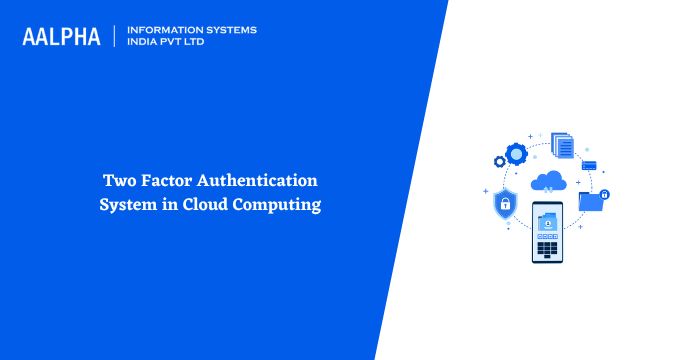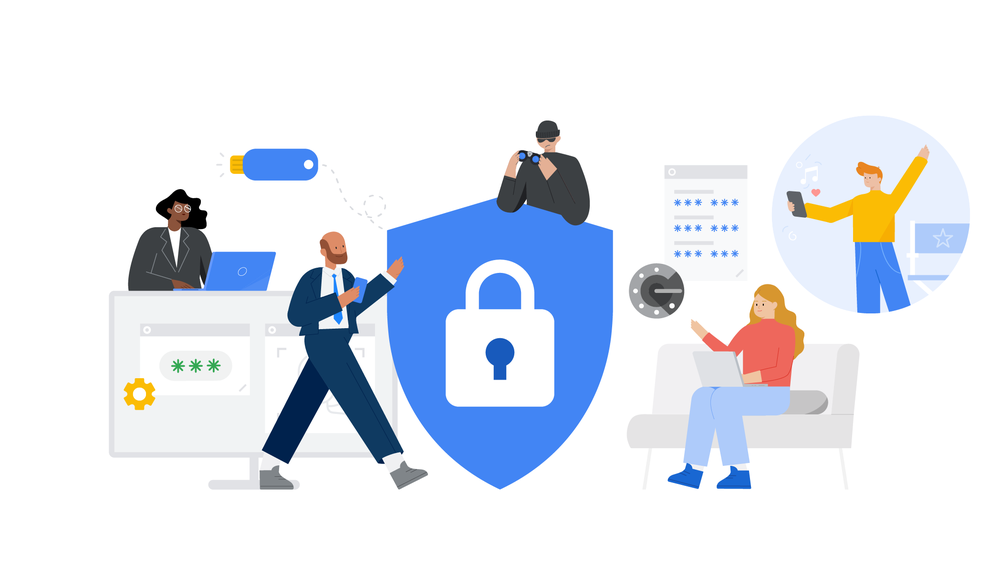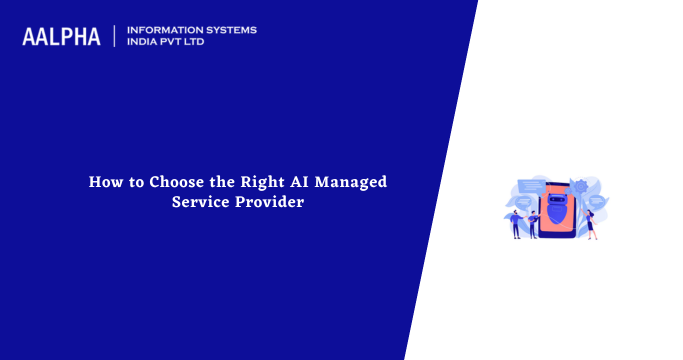Two-factor Authentication is no longer an optional feature. If you employ current cloud services, this added layer of protection may drastically lower the chance of a hostile takeover.
Unless you go to exceptional measures, practically every aspect of your personal and professional life is now facilitated by cloud services. The danger of leaking necessary cloud credentials is too significant to depend on a password to secure them.
An attacker who gains access to an essential cloud service, particularly email, might engage in espionage, sabotage, or create havoc.
The answer is to enable two-factor Authentication (2FA) for all of your critical cloud services, particularly those associated with corporate accounts.
With two-factor Authentication (2FA) enabled for a cloud service, each attempt to sign in on an unrecognized device necessitates the entry of a secret code obtained through text message or created by an authenticator app on a previously registered smartphone. Multiple authenticator applications are available, and they all adhere to an open standard for creating time-based one-time passwords.
What is Two-Factor Authentication (also known as 2FA)?
Two-Factor Authentication (2FA), often known as two-step verification, is a security technique requiring a user to pass two distinct authentication methods to access an account or computer system. To authorize authentication requests, the first factor is something you already know, such as your login and password, and the second is something unique, such as a smartphone, security token, or biometric information.
By activating 2FA, you will provide an extra layer of protection, making it more difficult for attackers to access data through a user’s device or online account. Two-Factor Authentication – 2FA security safeguards your logins and protects you and your users against phishing, social engineering, and brute-force password assaults.
Elimination of Linux and UNIX Operating System Security Weaknesses
Two-factor Authentication requires users to demonstrate their identity by presenting two forms of information: something they know, something they have, or something they are. The first element, something they know, is exemplified by a password or personal identification number, a shared secret that should be known only by the authorized user. The second need, something they own, is often satisfied by a unique physical token (Fig. 12.4). RSA manufactures a famous brand of these tokens. However, mobile phones, matrix cards, and other alternatives are gaining popularity. Typically, the third component, something they are, pertains to biometrics.
UNIX supports multiple implementations of two-factor Authentication. Pluggable authentication modules (PAMs) enable various authentication systems to be used by a program without the requirement to handle the intricacies. Solaris, Linux, and other Unices use PAMs. BSD authentication fulfills a similar function and is used by several significant BSD variants.
It is possible to establish any combination of authentication techniques using PAM / PAM solution or BSD authentication, including basic passwords, biometrics, RSA tokens, Kerberos, and more. Additionally, it is possible to define a unique combination for each service. This degree of adaptability enables a UNIX security administrator to create a strict authentication requirement for access to sensitive services.
Network Security Basics
FortiOS supports many methods for two-factor Authentication.
- FortiToken supports tokens with a hard or soft base.
- Authentication of Users through Certificates
- Email-centric
- SMS
These techniques are supported by the majority of FortiOS authentication-required functionality. Administration, SSL VPN, IPSec VPN through Xauth, and firewall authentication for local, RADIUS, TACACS+, and LDAP users are often included. Before any of these ways can be utilized, however, the FortiGate device must be registered with a hardware or software version of Fortinet’s proprietary two-factor solution, the FortiToken. A FortiToken may be software- or hardware-based (a key fob) and produces six random numbers at short intervals. The generation, synchronization, and registration of tokens with FortiGuard center servers.
Hash Operations
Two-factor Authentication is a type of user verification in which several (at least two in this example) different credentials are utilized throughout the authentication procedure.
RSA SecurID tokens are a widely-used implementation of this. Small, keychain-sized computers with a six-to-eight-digit LCD. A user ID has been assigned to the computer. The LCDs a new number every minute that only the token and server can see. This gadget is intended to make guessing the password inadequate to compromise the system.
The device generates a hash of a secret (which the server already knows) and the current time. The server must correct for drift across the network (by permitting values in the previous, present, and subsequent minutes) but is otherwise simple to create.
The Future of Cloud Data Security and Privacy
Two-factor Authentication may not achieve the desired level of success since many see it as an annoyance because it involves a second step and an extra hardware device. The device connected with two-factor Authentication might be damaged, lost, stolen, or left behind, resulting in inaccessibility to cloud data. While backup codes, multiple trusted devices, and applications such as Google Authenticator make it possible to remedy these situations, the hardware device requirement and management leave many searching for more straightforward data security solutions.
To know more about two factor authentication system in cloud computing connect with cloud app development company!





Share This Article:
Written by:
Muzammil K
Muzammil K is the Marketing Manager at Aalpha Information Systems, where he leads marketing efforts to drive business growth. With a passion for marketing strategy and a commitment to results, he's dedicated to helping the company succeed in the ever-changing digital landscape.
Muzammil K is the Marketing Manager at Aalpha Information Systems, where he leads marketing efforts to drive business growth. With a passion for marketing strategy and a commitment to results, he's dedicated to helping the company succeed in the ever-changing digital landscape.